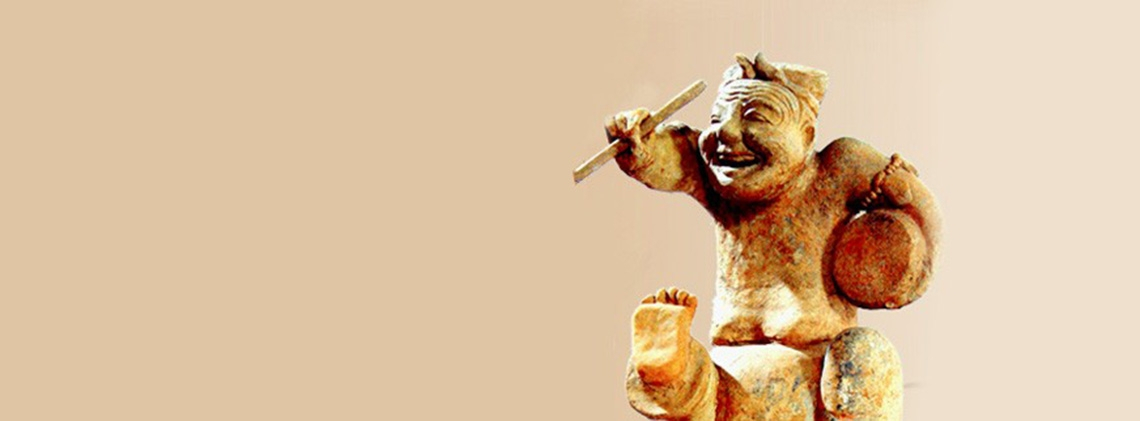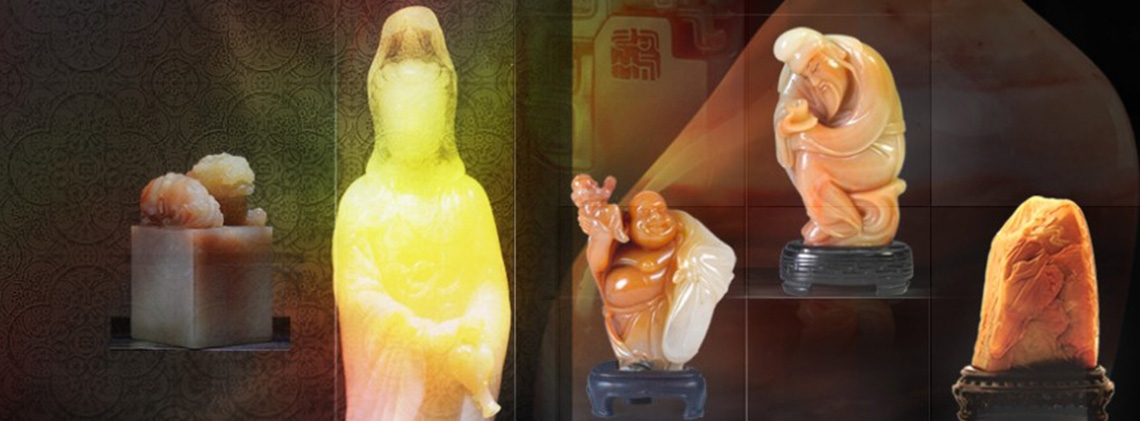
Chinese Sculptural Art
Splendid
Chi Culture
Topic
Chinese Sculptural Art
Chinese sculpture developed along with the making of tools and utensils. A broad range of materials can be used in sculpture; among them are: jade, marble, ceramics, metal, colored glass, bamboo, wood, ivory, horn, and lacquer. Sculpture is a plastic art which is created by carving or molding various materials. Its three-dimensional beauty can move people’s emotions.
Sculpture fulfilled different functions in different eras. At times, it was combined with objects of practical use, but other times it could be of a religious or funerary nature; there was also public sculpture, sculpture for display and also simply as creative works. Practical utensils and ceremonial objects, such as sacrificial vessels, bearing totem designs appears in early Chinese society; these vessels commonly took on sculptural forms in either pottery or bronze. As the times changed, sculpture eventually emerged as an independent art.
Sculpture is a distillation of each era’s human spirit and is rich in connotation as it records our social life. Not only does it have the function of commemorating meritorious service or achievements, it is also the crystallization of religious spirit in its particular society. Totem images and natural phenomena that appear on primitive sculptural objects are the manifestation of the wisdom and culture of the people in that time.
Although bronze art was a manifestation of the ruler’s power and place in society, it was also a physical expression of the wisdom and innovation of the slaves who produced it. In a similar way, the majestic and stately Qin terracotta warriors and horses not only symbolize the cohesive force of the unified state; they are also a cultural representation of the era. International cultural exchange during the Wei (220–265), Jin (265–429), Sui (581–618), and Tang (618–907) dynasties contributed to the development of Buddhist art.
The discovery of the Qin terracotta warriors and horses makes one understand the powerful forces underlying sculpture used to commemorate a ruler’s political achievements. A later example, the Tang dynasty bas reliefs known as the “six steeds of the Zhao Mausoleum” not only demonstrate the magnificent exploits that Li Shimin, later known as Emperor Taizong (r. 626–649), and his court officials undertook to unify the realm; they are irreplaceable pieces of the national patrimony. This political use of sculpture continues into the present day.
The large number of Buddhist sculptures in the various monasteries and grottoes are important religious relics. They span nearly the entire history of Buddhism in China from the Northern and Southern dynasties (when the Dunhuang and Longmen grottoes were started), through the Sui and Tang (as seen in the Xiude, Guangzhai, and Famen monasteries), to the Five Dynasties (Zhenguo Monastery) and into the Ming and Qing dynasties and their Tibetan Buddhist monasteries. These sculptures can be seen as the crystallization of religious belief.
Unlike painting or calligraphy which is flat and two-dimensional, sculpture is three-dimensional. This is an entirely different way of communicating beauty with the viewer as she or he can look at the object from many angles. It is both this external form as well as its intangible form, what some would call its artistic conception, that moves people. Sculptors are skilled at balancing this interplay; they are able to capture the inner qualities of an object and bring them to light through carving and modeling. In this way, some people say the sculptor is pursuing a spiritual aspect.
Giving sculpture a sense of realism is important, but there are other qualities and ways of presentation as well. If the object is too realistic, it may easily lead to triviality and vulgarity. A good sculptor has to be skilled in both realism and abstraction. Examples of each may be seen in the Qin terracotta horse and the leaping horse in front of the tomb of Huo Qubing (140–117 BCE, military general of the Western Han); the former achieves a high level of realism while the latter demonstrates outstanding abstraction. These two pieces, although different in style, are both exceptional sculptures.




